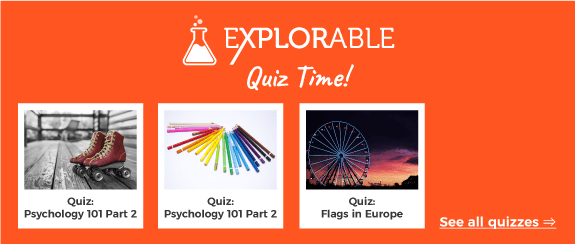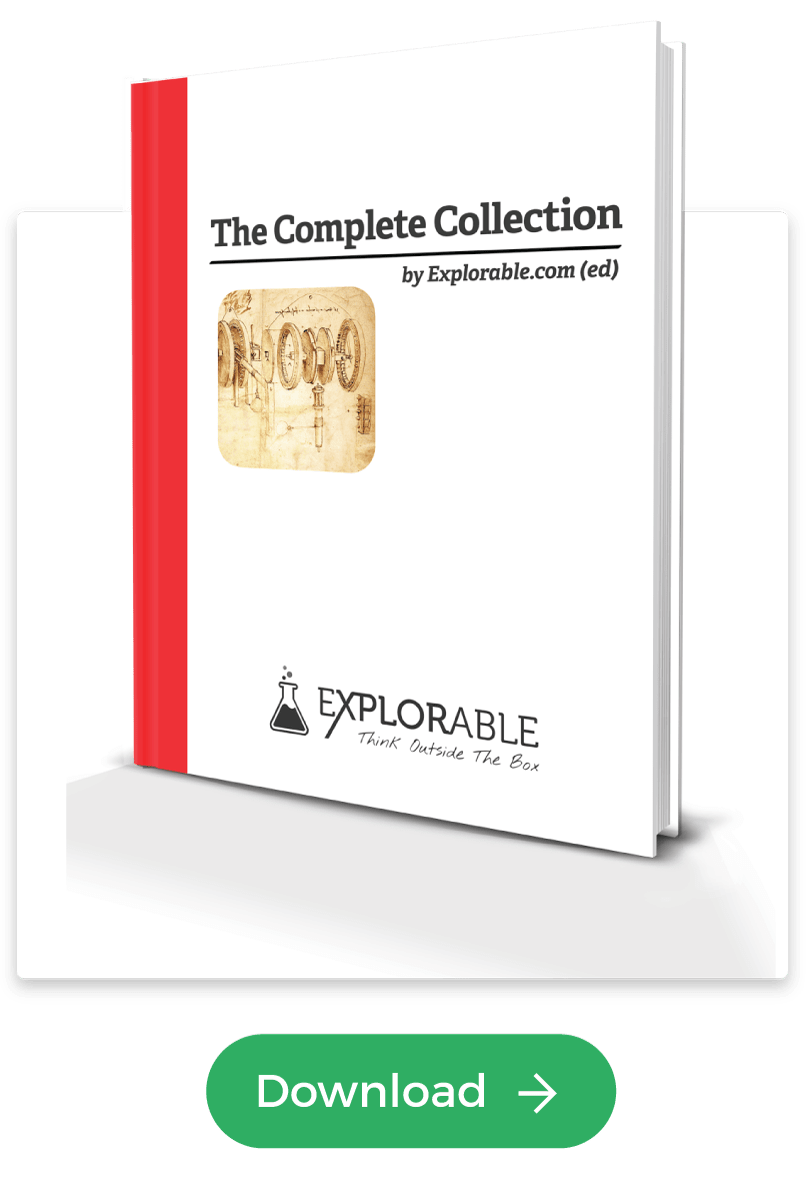- Home >
- Meditation and Self-Esteem
Meditation and Self-Esteem
Meditation may sound new-aged but in fact is a practice thousands of years old which has since been incorporated by many of the major world religions. Meditation is a way of gaining clarity, focus and calm. In learning to meditate, you will learn a lot about your patterns of thought, and in meditation you are given the opportunity to change these patterns for the better.
Meditation teaches us to experience our thoughts as just that: thoughts that come and go. They are not necessarily the truth or the framework for feelings about ourselves. For example, if one frequently thinks, “I’m worthless”, meditation teaches us to remove ourselves from that thought. Instead of thinking, “I’m worthless”, one learns to observe the feeling, “There’s that worthlessness feeling again.” When we learn this objectivity of our feelings, it’s possible to let them go. This is what makes meditation so invaluable.

What Can Meditation Give You?
Imagine that you become nervous after drinking a very strong cup of coffee. Your heart starts racing and you have feelings of dread. Using meditation, you can learn not to become engulfed by the temporary heightened and anxious state caused by the coffee, or by anything else for that matter. Meditation teaches us how to remain in control of our emotions.
When someone has low self-esteem, their inner voice is often criticizing them. The self gets a lot of attention, even it is in a negative sense. Through the regular practice of meditation, we can learn to treat our mind with more compassion.
Meditation Has Many Forms
Meditation does not have to mean sitting still for long periods of time. There are different types of meditation. Different types of meditation focus on different things. For example, in mantra meditation you would focus on an image, word or mantra to quiet the mind. In a walking or yoga meditation, the focus is on your movement. Tai chi, swimming, cycling and the martial arts can be used as moving meditations.
Guided imagery meditations use a recording or leader telling you what to do and are a good starting place for newcomers to meditation. There are many pre-recorded meditations available which are very straightforward to use. Deepak Chopra offers a variety of themed meditations which are available online.
A more traditional form of meditation involves taking time for yourself in silence.
Set the Mood
Whichever type of meditation you choose, there are a few things you can do which will make you stick with the process of learning. See it as a skill which you are acquiring, not something that can be mastered in one or two days. As such, set a timetable for meditation so that it becomes a regular part of your life. Allow yourself to relax your body before you begin. Stretch, take deep breaths, and light a candle. Create an ambience free from distraction.
Give Yourself Time
When starting a meditation practice, it is common to feel experience feelings of stress and frustration. Meditation can be difficult in the beginning, as it takes a lot of mental energy to change your way of thinking and allow yourself to focus. However, don’t allow yourself to become annoyed by the process. It is what it is. With regular practice, you will reap the benefits.
To learn more about how to meditate, an excellent introductory guide is Jon Kabat-Zinn’s book, "Wherever you go, there you are" (2005).
Key Points:
-
Meditation is a way of focusing the mind.
-
Meditation has a host of benefits, which include fostering self-esteem.
-
There are several forms of meditation, so experiment and find one type that works for you.
-
As with learning any skill, practice regularly to achieve the best results.
Kim Lyon (Dec 22, 2015). Meditation and Self-Esteem. Retrieved Dec 13, 2025 from Explorable.com: https://explorable.com/e/meditation-and-self-esteem
You Are Allowed To Copy The Text
The text in this article is licensed under the Creative Commons-License Attribution 4.0 International (CC BY 4.0).
This means you're free to copy, share and adapt any parts (or all) of the text in the article, as long as you give appropriate credit and provide a link/reference to this page.
That is it. You don't need our permission to copy the article; just include a link/reference back to this page. You can use it freely (with some kind of link), and we're also okay with people reprinting in publications like books, blogs, newsletters, course-material, papers, wikipedia and presentations (with clear attribution).
Footer bottom


